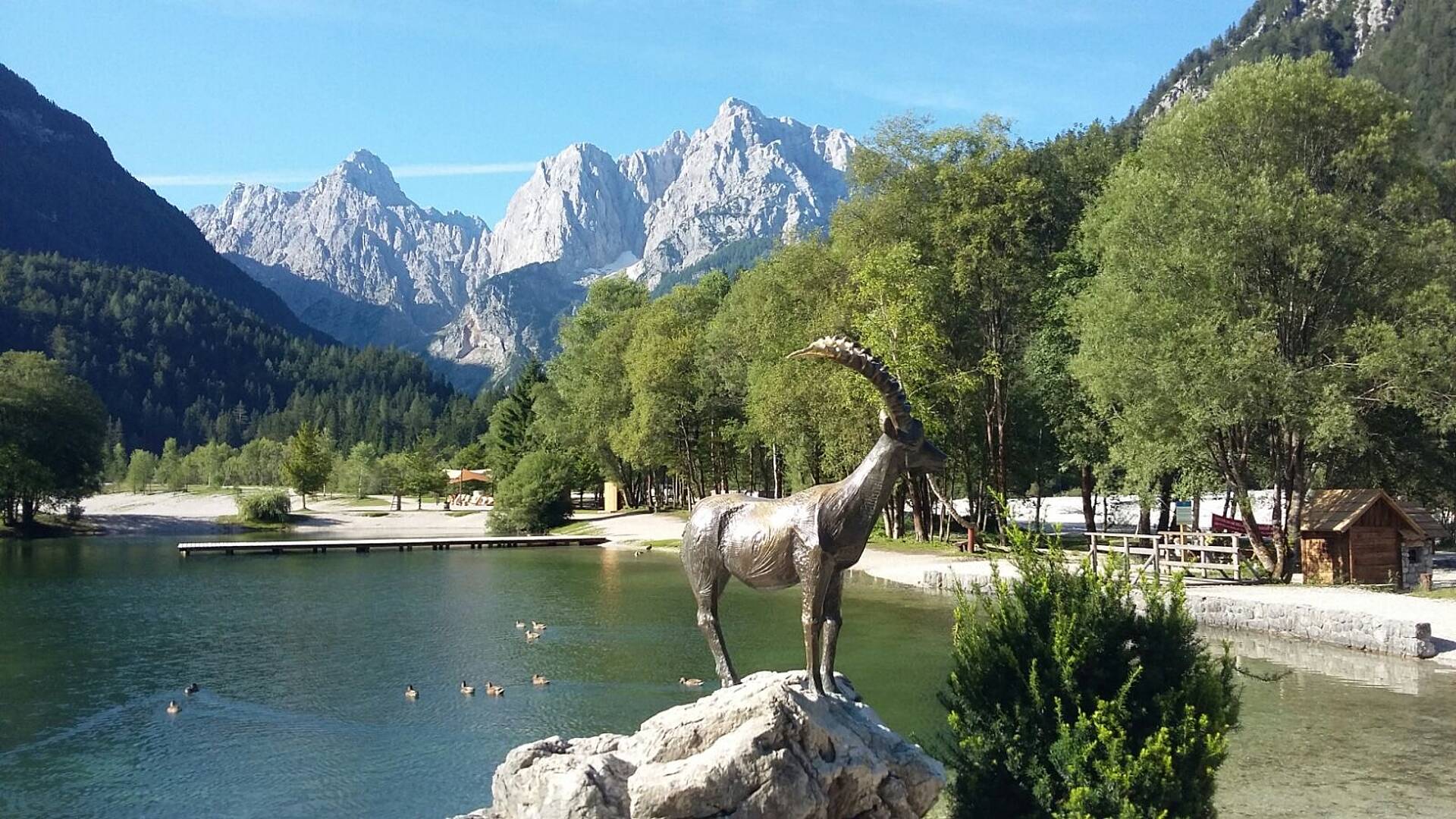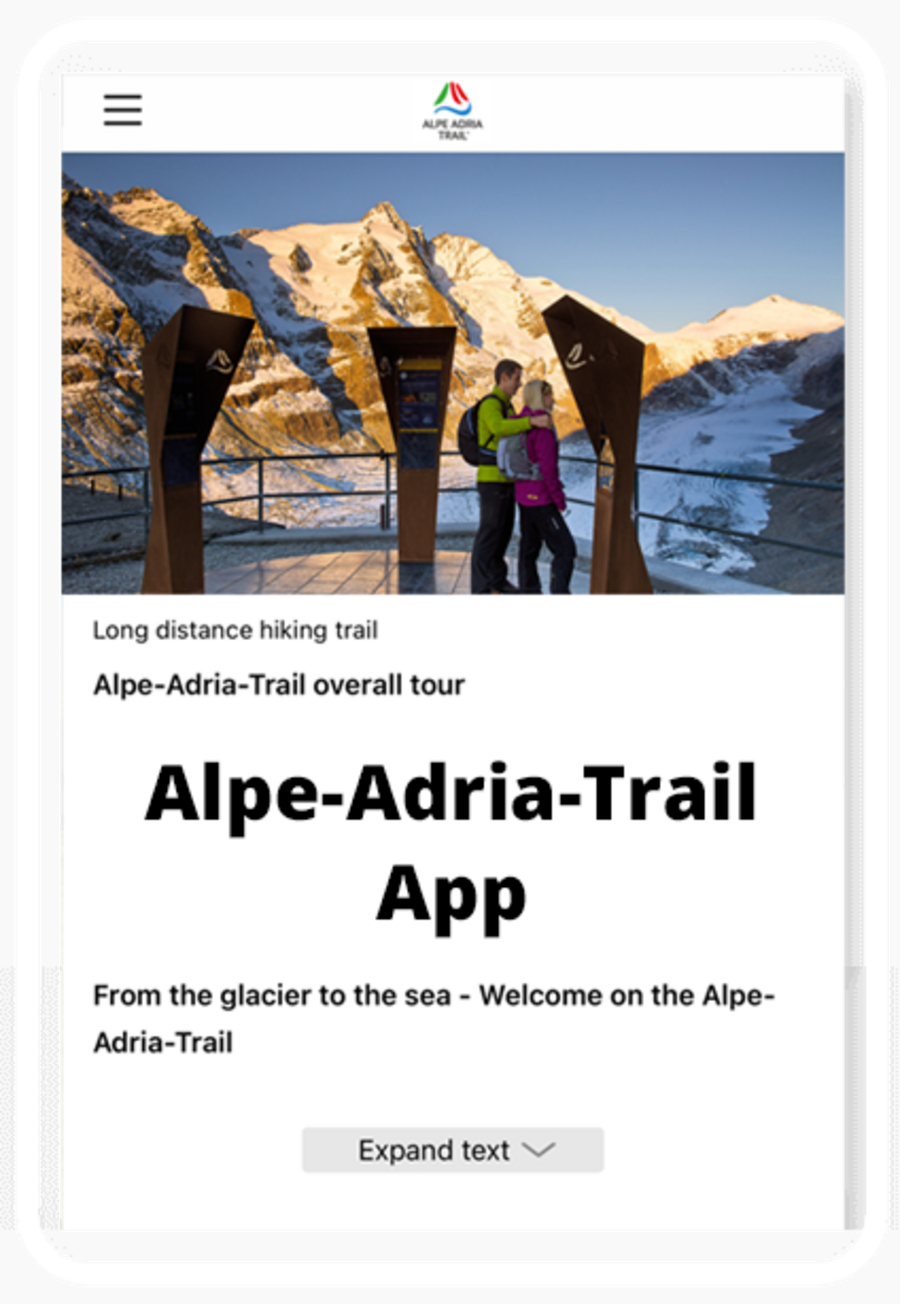“If you want to do something, then just get on and do it. Don’t put it off, because you never know when it’ll be too late.” This simple, but clear maxim is the life philosophy of Toni Wutte from Niederndorf near St. Margareten in the Rosental Valley. With this attitude he set off on the Alpe-Adria-Trail – from the foot of Mt. Grossglockner to the Adriatic coast and through the three central countries of the Alps-Adriatic area, Austria, Slovenia and Italy. The alpe-adria-trail.com website divides the trail into a total of 37 stages. Toni Wutte hiked them all in 19 days.
I won’t stop until I get there.
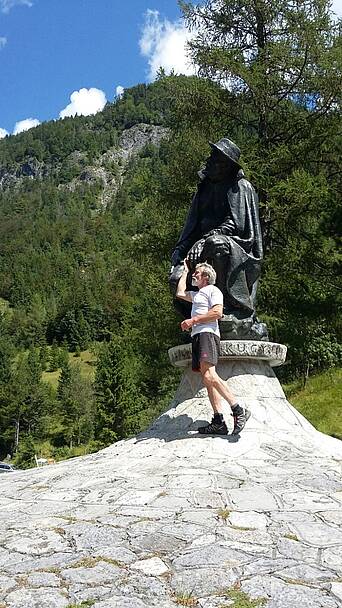
He is used to physical activity as a forestry worker, mountain runner and cross-country skier. He is a member of the Austrian veteran national cross-country ski team. At the 2016 World Championships in the Finnish town of Vuokatti he missed winning the 32km bronze medal in the 55-60 age category by just 1.3 seconds. Bojan Wakounig interviewed Toni Wutte for the September 2nd 2016 issue of Novice magazine. Read the whole interview here:
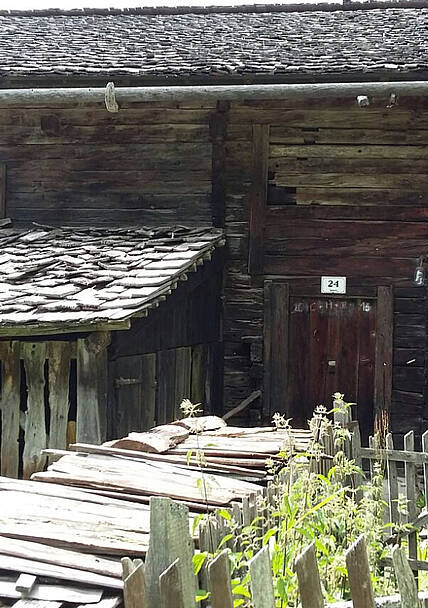
The Alpe-Adria-Trail is advertised as “Hiking in the Garden of Eden”.
Did you discover paradise?
Toni Wutte: You can discover everything. Dense spruce forests and deep valleys, wonderful views, seas of flowers, gardens. Particularly in Upper Carinthia the farmhouses have especially beautifully cultivated gardens. If you drive past in a car, you miss all this. And some gorges only reveal their charm when you hike through them on foot. You see the farmers working on the steep slopes, which they have to mow. Most people in our area have given up this work, because they seem to prefer working in the surrounding factories or in Klagenfurt. In other places they have stayed and do their work rather than having to move away. In the Möll Valley the slopes are well mowed. It can also be seen in Slovenia. Once you get to Goriška Brda, you really feel the change-over to a wine growing area.
Walking as a way of travelling is probably the best way to get to know the people who live along the way, or are walking the trail themselves.
I met many people from all over Europe, including many young women. Most hike a few stages, but not the whole trail in one go. Of course, you make contact. Once a farmer even invited me to chop wood for him, because I told him I was a forester. I was also asked to help with the hay-making, because I’m a farmer myself and know how to use a scythe.
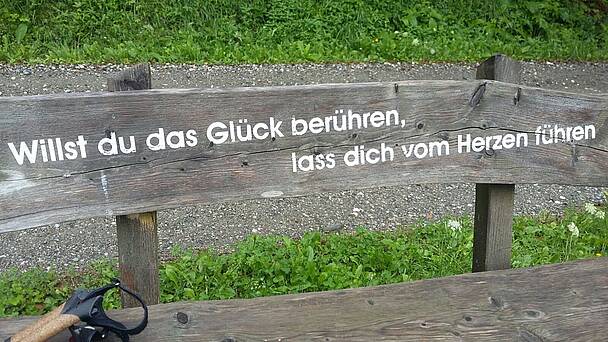
Why did you actually set off alone?
At first I looked for people to hike with, but nobody had time. Then I remembered Reinhold Messner’s words: You can only walk alone. Everything else is walking in front of or behind someone.
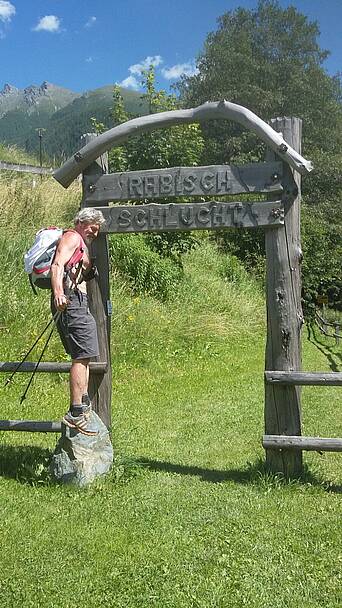
You are very athletic. Would you also have been able to attempt the whole trail if you had been less physically prepared?
I would have needed longer, because the daily stages would have been shorter. 35 to 40 kilometres are no problem for me, because I work in the forest all day long. Still, you should be reasonably fit, you have to carry at least 10 kg of luggage on your back. It is also not unusual to climb more than a thousand metres in altitude a day. If you hike two stages a day, then you are up to two thousand metres. Most of the trail is on forest and gravel roads and paths. But a hike like this is worth it for everyone. You never know beforehand whether you will manage the whole thing, you have to just give it a go. On the times it got a bit more difficult, I saw it as a sport – with the attitude that I won’t stop until I get there.
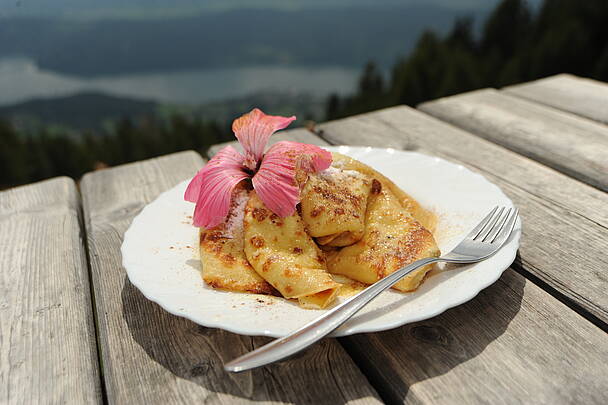
Where did you sleep?
At farmhouses, in guesthouses and in hotels, wherever there was accommodation to be had. If there wasn’t room, I had to look elsewhere. In Tolmin I had to walk an extra 5 kilometres, because there was a Heavy Metal Festival there at the end of July. Each night cost between 25 and 45 euros, and with all the other costs you can reckon on about 70 to 80 euros a day, if you want to eat and drink well too. That’s why I didn’t lose weight, there’s a reason it’s called walking in the Garden of Eden! It’s good to eat what’s typical of the individual regions, by the way.
Even though you were all on your own, you did have support.
Twice my wife Marta brought me clean clothes, otherwise I was alone.
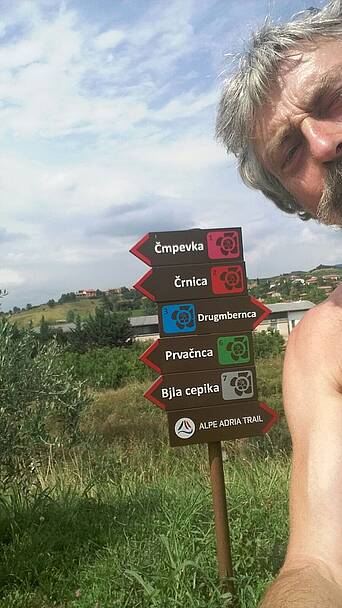
How did you find the orientation and signposting?
Usually I orientate myself by the sun and don’t often look at a hiking map. At Lipica on the Karst, though, I got completely lost. It wasn’t my mistake, somebody had turned the signpost around, so that it pointed in the other direction. I walked five kilometres in the wrong direction. Every now and then I missed the path a little, because it is easy to overlook something, but that was never a problem. All in all, the trail is well marked, so that you can’t get lost. And if you do, you quickly find your way back.
What is essential on a hike like this?
The shoes are very important. They shouldn’t be mountaineering boots, rather trekking shoes. And they should be worn in. A wind-cheater and an umbrella are also essential, because in summer a rain shower can come upon you quickly. You can buy food and drinks in the shops along the way, I drank water directly from mountain springs. I never carried more than one and a half litres of water with me.
What did you take with you from the trail, what did it give you?
I saw lots that I will never see again. I got to know regions that I hadn’t known before, such as Goriška Brda. It would be interesting to hike the trail again in the other direction, from the sea up to the mountains. And in spring, when everything is in blossom.

